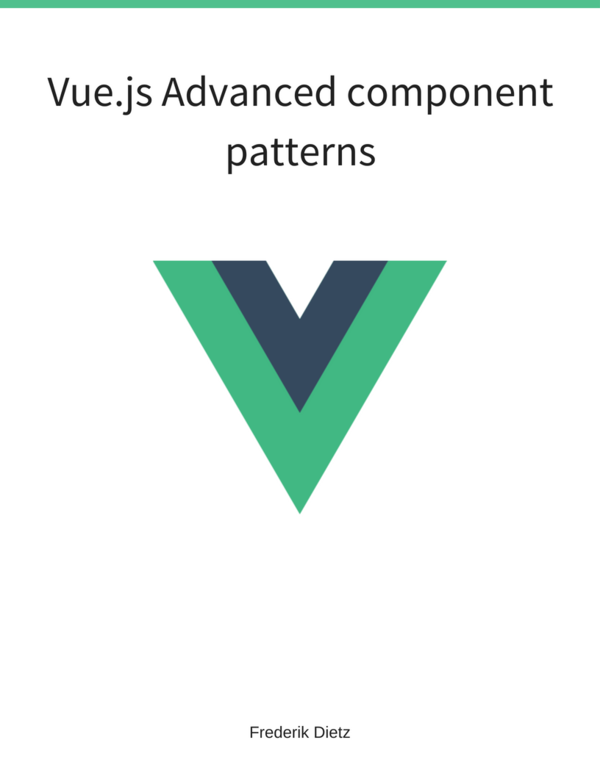- Home
- Introduction
- Controllers
-
Directives
- Enabling/Disabling DOM Elements Conditionally
- Changing the DOM in response to user actions
- Rendering an HTML Snippet in a Directive
- Rendering a Directive's DOM Node Children
- Passing Configuration Params Using HTML Attributes
- Repeatedly Rendering Directive's DOM Node Children
- Directive-to-Directive Communication
- Testing Directives
- Filters
- Using Forms
- Consuming External Services
- Urls Routing and Partials
- Common User Interface Patterns
- Backend Integration with Ruby on Rails
- Backend Integration with Node Express
Directive-to-Directive Communication
Problem
You wish a directive to communicate with another directive and augment each other’s behavior using a well-defined interface (API).
Solution
We implement a directive basket with a controller function and two other directive orange and apple which “require” this controller. Our example starts with an apple and orange directive used as attributes.
<body ng-app="MyApp">
<basket apple orange>Roll over me and check the console!</basket>
</body>The basket directive manages an array to which one can add apples and oranges!
var app = angular.module("MyApp", []);
app.directive("basket", function() {
return {
restrict: "E",
controller: function($scope, $element, $attrs) {
$scope.content = [];
this.addApple = function() {
$scope.content.push("apple");
};
this.addOrange = function() {
$scope.content.push("orange");
};
},
link: function(scope, element) {
element.bind("mouseenter", function() {
console.log(scope.content);
});
}
};
});And finally the apple and orange directives, which add themselves to the basket using the basket’s controller.
app.directive("apple", function() {
return {
require: "basket",
link: function(scope, element, attrs, basketCtrl) {
basketCtrl.addApple();
}
};
});
app.directive("orange", function() {
return {
require: "basket",
link: function(scope, element, attrs, basketCtrl) {
basketCtrl.addOrange();
}
};
});If you hover with the mouse over the rendered text the console should print and the basket’s content.
Discussion
Basket is the example directive that demonstrates an API using the controller function, whereas the apple and orange directives augment the basket directive. They both define a dependency to the basket controller with the require attribute. The link function then gets basketCtrl injected.
Note how the basket directive is defined as an HTML element and the apple and orange directives are defined as HTML attributes (the default for directives). This demonstrates the typical use case of a reusable component augmented by other directives.
Now there might be other ways of passing data back and forth between directives - we have seen the different semantics of using the (isolated) context in directives in previous recipes - but what’s especially great about the controller is the clear API contract it lets you define.
